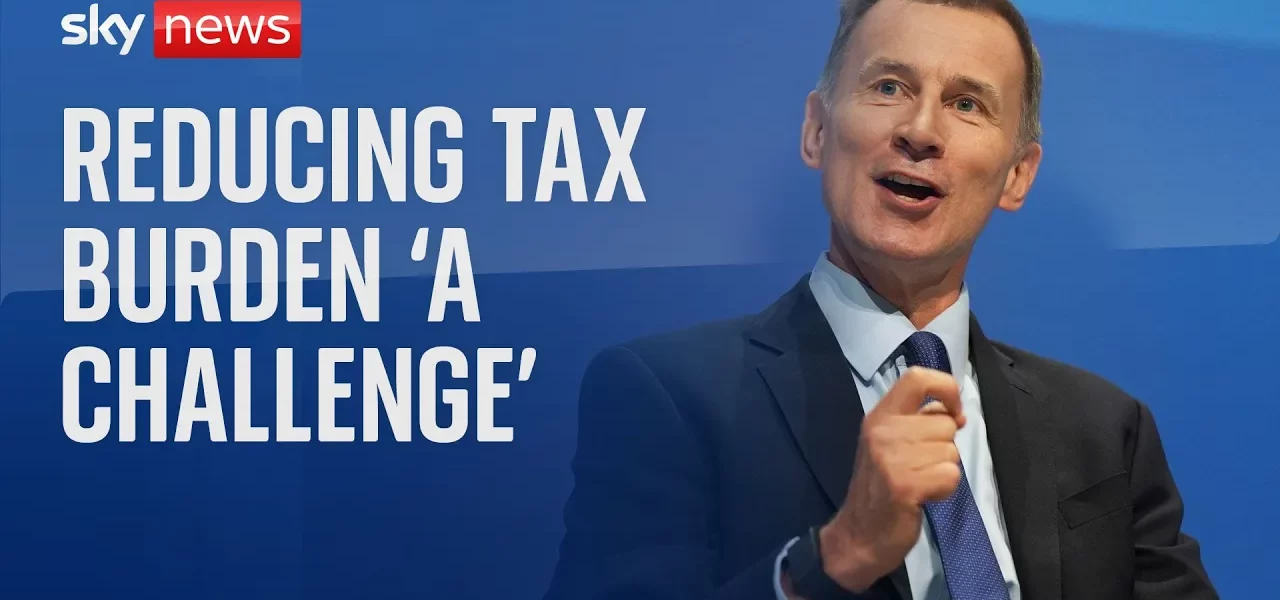How Realistic Was the Conservative Government’s Tax Cutting Strategy?

This article explores the challenges and strategies faced by the Conservative government concerning tax cuts and welfare reform. With insights into public spending, demographic issues, and political dynamics, we delve into the realistic prospects of achieving these economic goals.
Introduction
The discussion surrounding tax cuts and public spending has become increasingly critical in the context of the UK’s Conservative government. As political parties vie for public support, understanding the feasibility of tax cuts, especially in a challenging economic landscape, presents a significant dilemma. This article provides a comprehensive overview of the factors influencing the Conservative government’s ability to implement tax cuts, the implications of welfare reforms, and the overall strategic positioning required to regain the electorate’s trust.
Understanding the Tax Cutting Landscape
The Conservative government’s ambition to enact tax cuts is rooted in the belief that a lower tax burden can stimulate economic growth. However, achieving this goal requires navigating through various strategic and tactical challenges:
Strategic Challenges
- Demographic Issues: The aging population and rising welfare costs present significant barriers to reducing taxes.
- Public Spending Constraints: The government faces pressure to maintain essential public services while pursuing tax cuts.
- Political Opposition: The Labour party’s position on welfare reforms creates additional complexities.
The Role of Productivity
Increasing productivity is often cited as a necessary condition for tax cuts. Without improvements in productivity, any tax reductions may not yield the desired economic benefits. The Resolution Foundation’s analysis indicates that political parties may struggle to sustain support solely on the basis of tax cuts, particularly when public spending is scrutinized.
The Welfare State and Its Implications
One of the most pressing issues the Conservative government must address is the welfare state. The current system has seen a marked increase in the number of individuals signed off from work due to illness, which poses significant economic challenges:
Current Trends in Welfare
- Approximately 880,000 individuals are signed off work each year due to health issues.
- Only 1% of those signed off re-enter the workforce monthly, indicating a slow recovery rate.
Economic Burden of Welfare Costs
The financial implications of the welfare state are staggering, with projected increases in costs amounting to £25 billion annually over the next five years. This reality necessitates a reevaluation of welfare policies and their sustainability:
- Assessing the impact of welfare on mental health and isolation.
- Creating pathways for reintegration into the workforce for individuals with mental health issues.
- Exploring reforms that balance welfare support and economic productivity.
Political Dynamics and Electoral Strategy
As the Conservative party navigates its future, understanding the political dynamics at play is crucial. The party must consider its approach to garnering support from various voter demographics:
The Challenge of Rebuilding Trust
Following significant electoral defeats, the Conservative party faces an uphill battle in regaining public trust. This requires a strategic approach that emphasizes:
- Advocating for difficult yet necessary solutions rather than easy promises.
- Demonstrating a commitment to addressing the electorate’s concerns regarding economic stability.
- Fostering a narrative that positions the Conservative party as part of the solution, rather than the problem.
Engaging with Multiple Voter Groups
The Conservative party must appeal to a broad spectrum of voters, including:
- Traditional Conservative supporters.
- Disillusioned Liberal Democrat voters.
- Individuals who abstained from voting in the last election.
Finding common ground among these groups is essential for the party’s future success.
Conclusion
In summary, the Conservative government’s ability to implement tax cuts and welfare reforms is fraught with challenges that require careful navigation of public sentiment, economic realities, and political dynamics. The party’s future success hinges on its capacity to advocate for difficult decisions while rebuilding trust with the electorate. As the political landscape evolves, it is imperative for the Conservative party to present credible solutions that address the pressing issues facing the UK economy. For further insights into UK politics and government strategies, explore our related articles on economic policy and electoral dynamics.
“`




